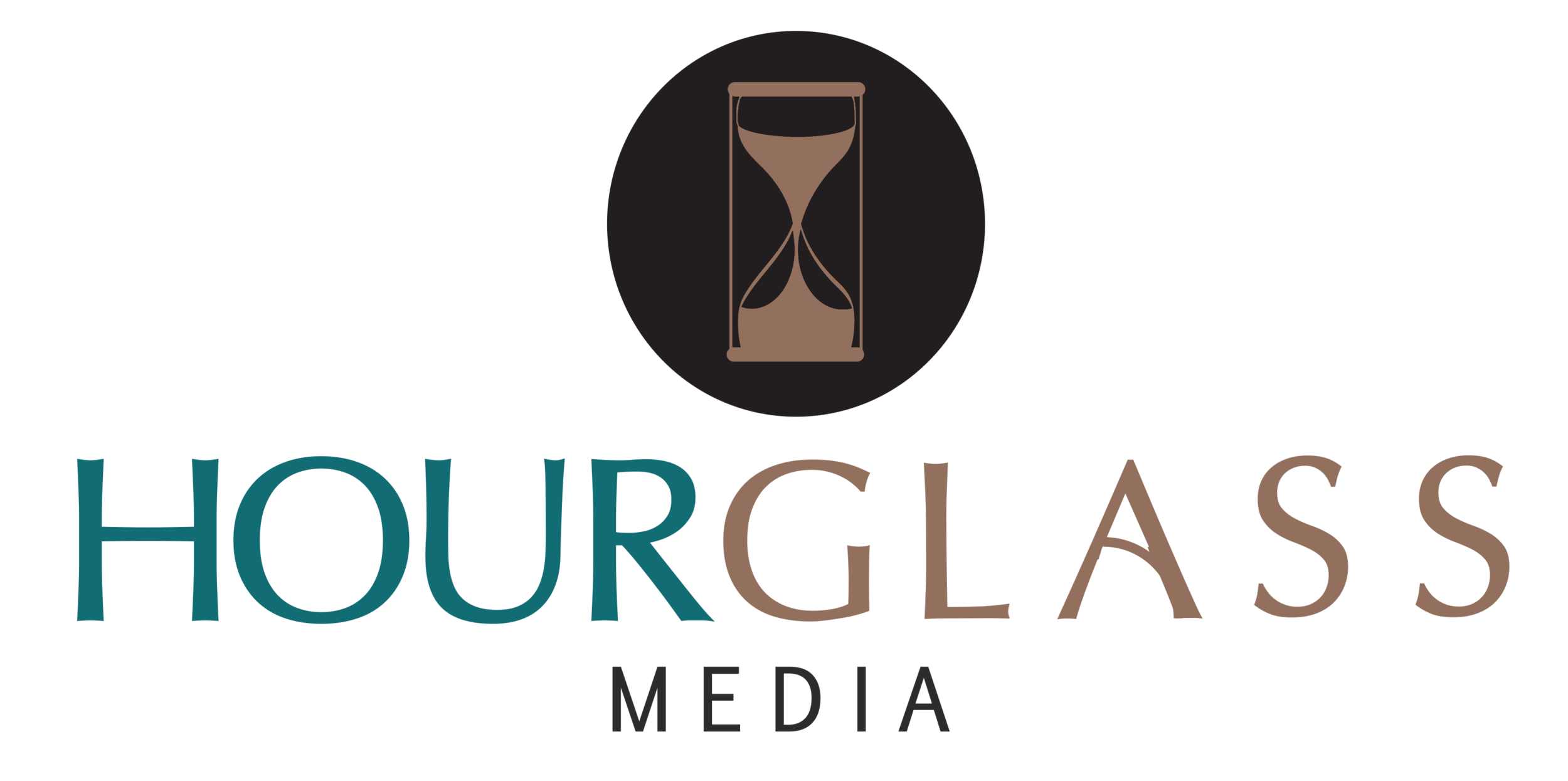Why We Need Storytellers More Than Ever
⌛ By Kaylin R. Staten ⌛
As a writer and public relations practitioner, I am accustomed to telling my own stories, as well as others,’ on a daily basis. 2020 has been a challenging year for the world at large, from an international pandemic claiming lives to racial injustice protests, conversations, and movements.
Public relations practitioners of all experience levels serve as the counselors of their organizations and on behalf of all of their target publics. We owe it to everyone we serve to tell stories that matter to them and to the greater good. We are advocates who use honesty, expertise, independence, loyalty, and fairness to do our jobs and duties more effectively and ethically.
In its Code of Ethics, the Public Relations Society of America (PRSA), PR practitioners are guided toward making informed decisions during the Free Flow of Information clause. We “preserve the integrity of the process of communication,” are “honest and accurate in all communications,” and “act promptly to correct erroneous communications for while the practitioner is responsible.”
Our publics need compassion and truth in the information they consume on a daily basis. In essence, all of us need storytellers more than ever. We need the truth in media and throughout the chains of commands in our organizations. We need stories, fiction and nonfiction, that reflect who we are and who we aim to be. Ultimately, silence isn’t golden in these situations. Communicate early and often with your audiences.
Here are some ways communicators can ensure their publics’ stories are being told:
Have a seat at the decision-makers’ table.
This doesn’t always happen in every organization, and even the best-case scenario can see its share of flaws. The public relations department, and communications positions in general, should be involved in decision-making processes, especially including high-level business decisions. PR pros help during times of crises, provide critical thinking skills, ensures that everyone is represented, tells stories from all walks of life, and more. When you have that decision-making role, the C-Suite or whomever you are at the table with will listen to you (hopefully!) and take your opinions, decisions, and recommendations seriously as you
Get to the hearts of your publics’ stories.
Always strive for equality and give a voice to narratives not easily (or usually) told. Being as diverse and inclusive as possible should never be an afterthought. It should be part of your company’s everyday initiatives and processes.
“The PRSA National Diversity and Inclusion Committee has defined its role with regard to diversity and inclusion as follows:
To champion diversity of thought, cultures, disciplines, ideals, gender, disabilities, sexual orientation and age in order to develop an inclusive Society. By reaching and involving members who represent a broad spectrum of differences, we will encourage and educate members about the benefits of a diverse profession by providing professional development, knowledge and support to help them succeed in public relations.”
Download the full guide from 2016 here. The 2020 version will hopefully be available soon!
Don’t be afraid to speak your mind.
Collectively, have those hard conversations behind the scenes that will allow you to tell better and more inclusive stories. In today’s climate, it’s vital to brainstorm ways to combat racism internally and externally without seeming inauthentic, insincere, privileged, or not helping the issues at hand. Decide how your brand or company will face those issues and what you will and won’t tolerate as a colleague and just an overall human being. Don’t be afraid to speak up for what you believe in, as well as for others whose voices may not be as equally heard.
Think outside of the box.
Use the RPIE (Research, Planning, Implementation, and Evaluation) process to help you in the storytelling process. It’s often not enough to just put a story out there and then hope it’s consumed by someone in your target audience. Starting with research — such as a SWOT (Strengths, Weaknesses, Opportunities, and Threats) analysis, a focus group, survey, or another method — can give you the start you need to be the most impactful storyteller you can be. Crafting, testing, and implementing your messages using proven strategies and tactics, as well as leading with compassion and empathy, will help you think outside of the box and serve your publics well for years to come with narratives that matter the most to them.
First and foremost, though: just be a good human.
Kaylin R. Staten, APR, is an award-winning, accredited public relations practitioner and writer based in Huntington, WV with 18 years of professional communications experience. As CEO and founder of Hourglass Media, she uses her compassionate spirit and expertise to delve into the heart of clients’ stories. She is a recovering perfectionist, mental health advocate, wife, Luke’s mom, cat mom, and Leia Organa aficionado. Connect with Kaylin on LinkedIn.


